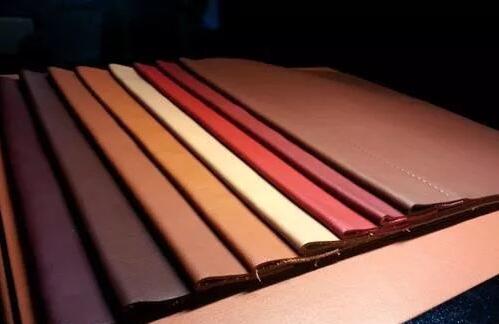18 Years Professional Experience In Leather Belt Manufacturing
Up-To- Date Design, High-Quality Production & On-Time Delivery
Own Factories in China & Cambodia
Views: 3 Author: Site Editor Publish Time: 2023-05-31 Origin: Site
As a leather belt manufacturer, one of the most crucial aspects of creating high-quality belts is selecting the right type of leather. The choice of leather significantly impacts the durability, appearance, and overall quality of the final product. In this comprehensive guide, we will explore the factors to consider when choosing leather for belt manufacturing, ensuring that you make informed decisions as a leather belt manufacturer.
Full-grain leather is the highest quality and most desirable option for belt manufacturing. It is made from the top layer of the hide, retaining the natural grain and imperfections, which give it a unique character. Full-grain leather is known for its strength, durability, and ability to develop a beautiful patina over time.

Top-grain leather is another popular choice for belts. It is slightly sanded and buffed to remove imperfections, resulting in a smoother surface. While it may not have the same natural look as full-grain leather, top-grain leather offers good durability and a more uniform appearance.
Contrary to popular belief, "genuine leather" is a lower-quality option. It is made from the layers of the hide that are split and processed. Although genuine leather belts are more affordable, they lack the same durability and long-term quality as full-grain or top-grain leather belts.
Durability is of utmost importance when it comes to leather belts. As a leather belt manufacturer, prioritize selecting leather that can withstand regular wear and tear. Full-grain and top-grain leathers are known for their strength and longevity, making them ideal choices for durable belts.
The thickness of the leather will determine the sturdiness and weight of the belt. Consider the desired level of flexibility and thickness required for the specific belt design. Thicker leather may be suitable for heavy-duty or formal belts, while thinner leather works well for casual or dress belts.
The grain and texture of the leather contribute to the overall aesthetic appeal of the belt. Full-grain leather showcases natural markings and imperfections, providing a distinct and unique appearance. Top-grain leather, on the other hand, offers a smoother, more uniform texture. Consider the desired look and feel for the belt and choose the appropriate leather accordingly.
Leather belts come in a wide range of colors and finishes, allowing for customization and variety. Choose leather that offers the desired shade and finish options to complement your belt designs. Consider factors such as dye absorption, color consistency, and the ability to develop a patina over time.
In today's eco-conscious world, sustainability is an important consideration for leather belt manufacturers. Look for leather suppliers who adhere to ethical and sustainable practices, such as sourcing leather from responsibly managed farms and tanneries. Consider certifications like the Leather Working Group (LWG) certification that ensures environmental and social compliance in the leather industry.
Choosing the right leather is a critical decision for leather belt manufacturers. By considering factors such as leather type, durability, thickness, grain and texture, color and finish, and sustainability, you can ensure that your belts are crafted from high-quality materials that meet customer expectations. Remember, as a leather belt manufacturer, the choice of leather sets the foundation for creating belts that are not only visually appealing but also durable, comfortable, and long-lasting.